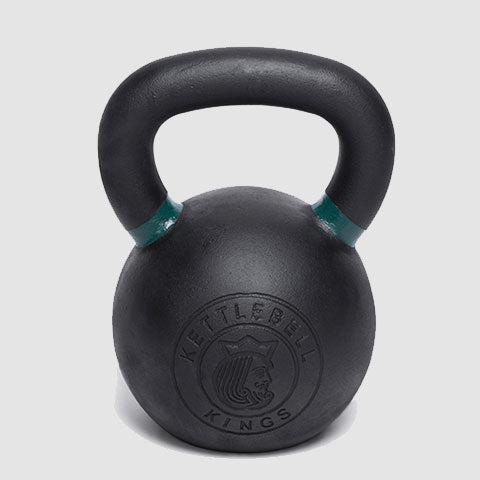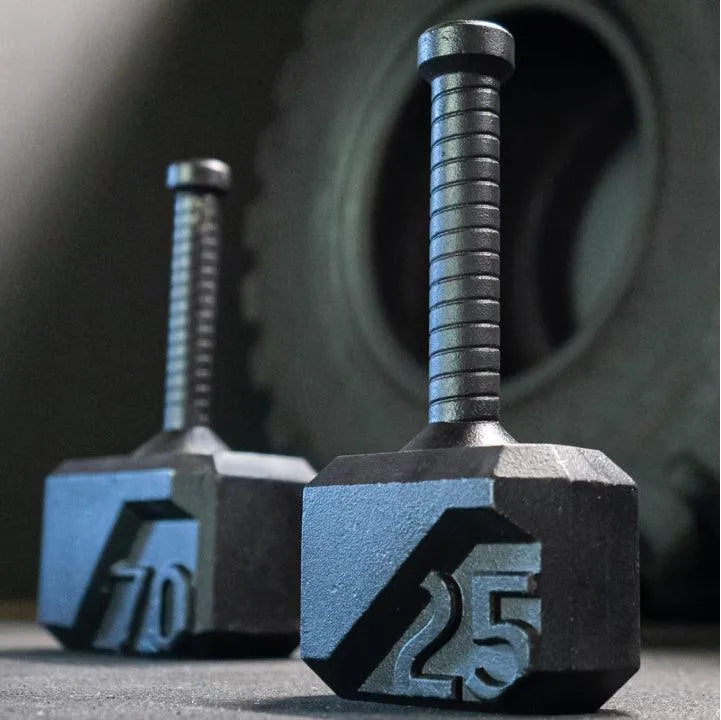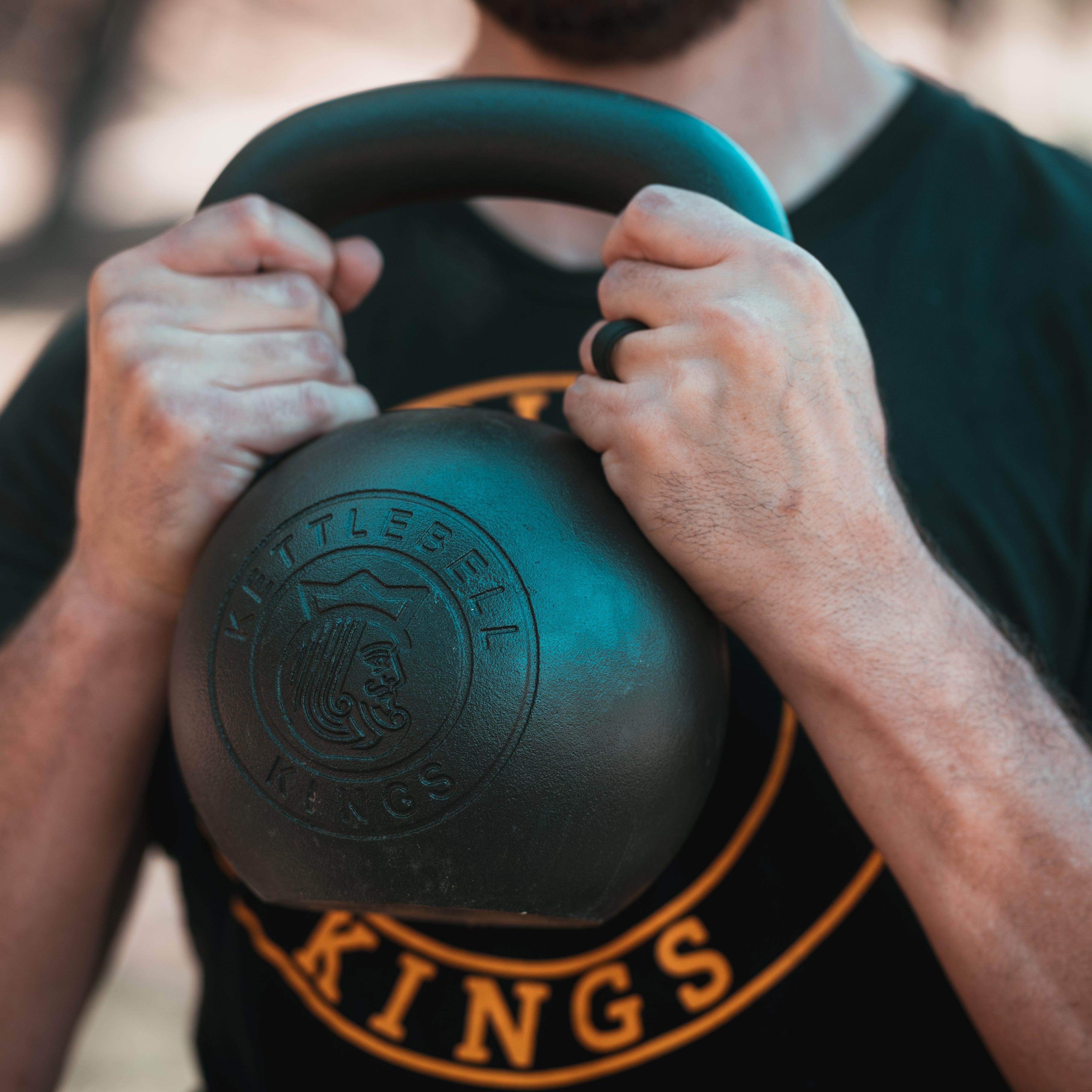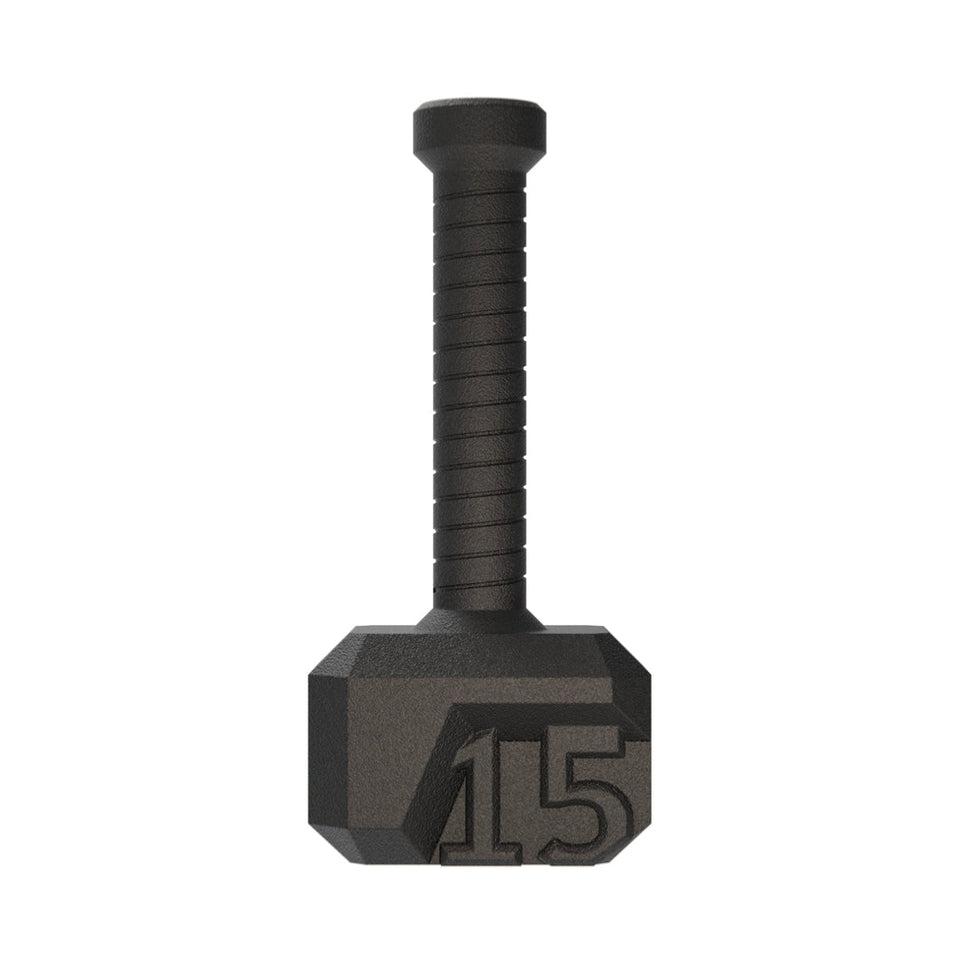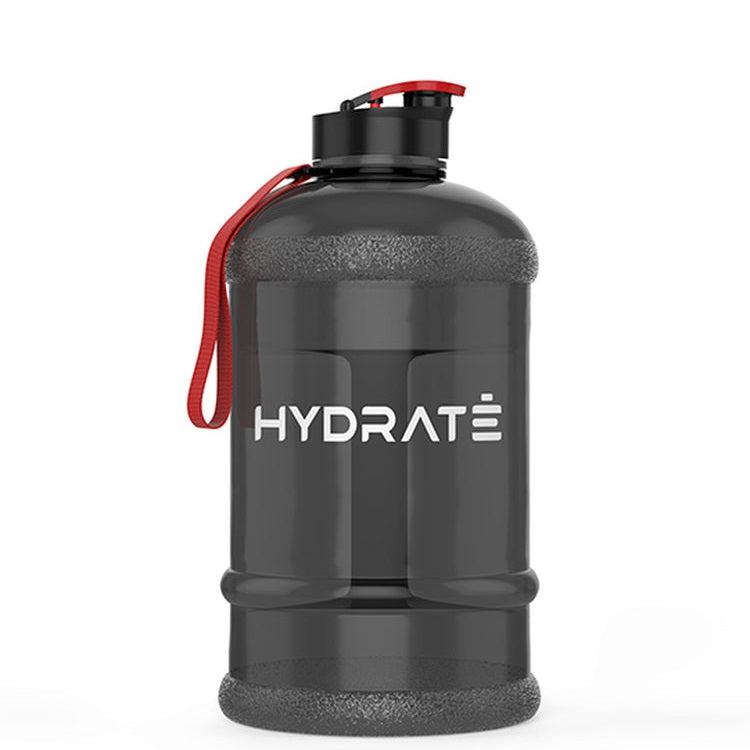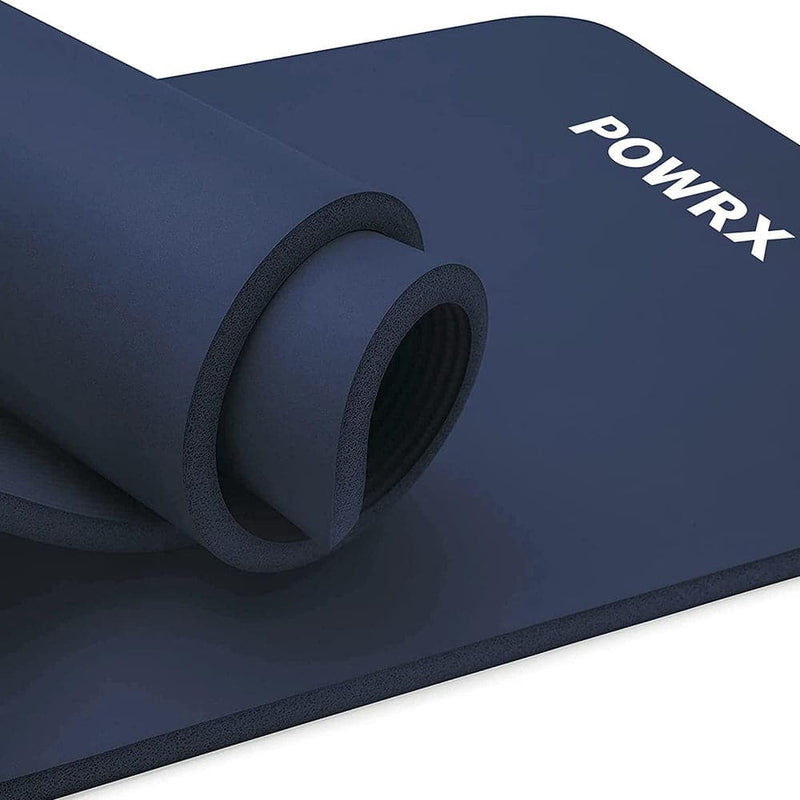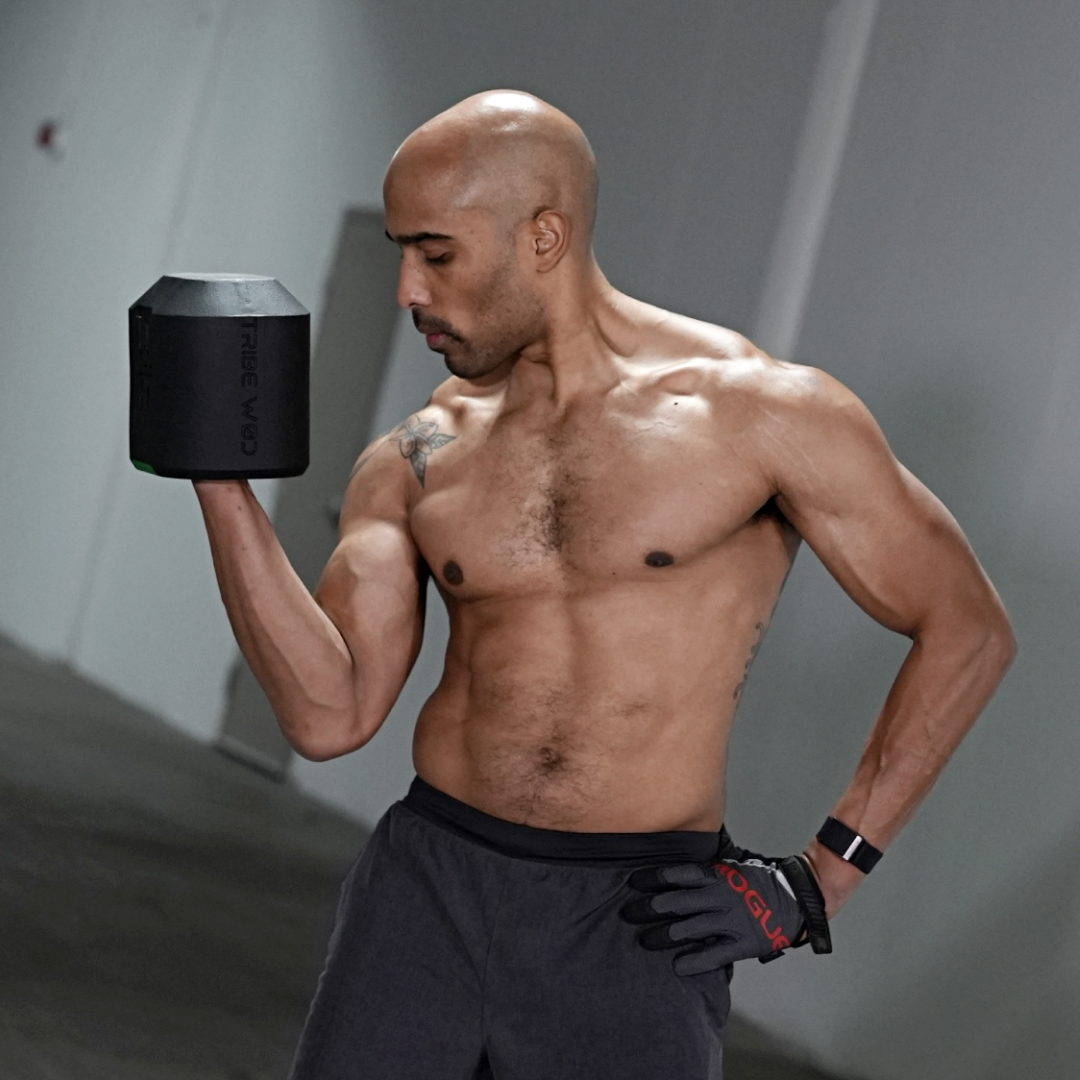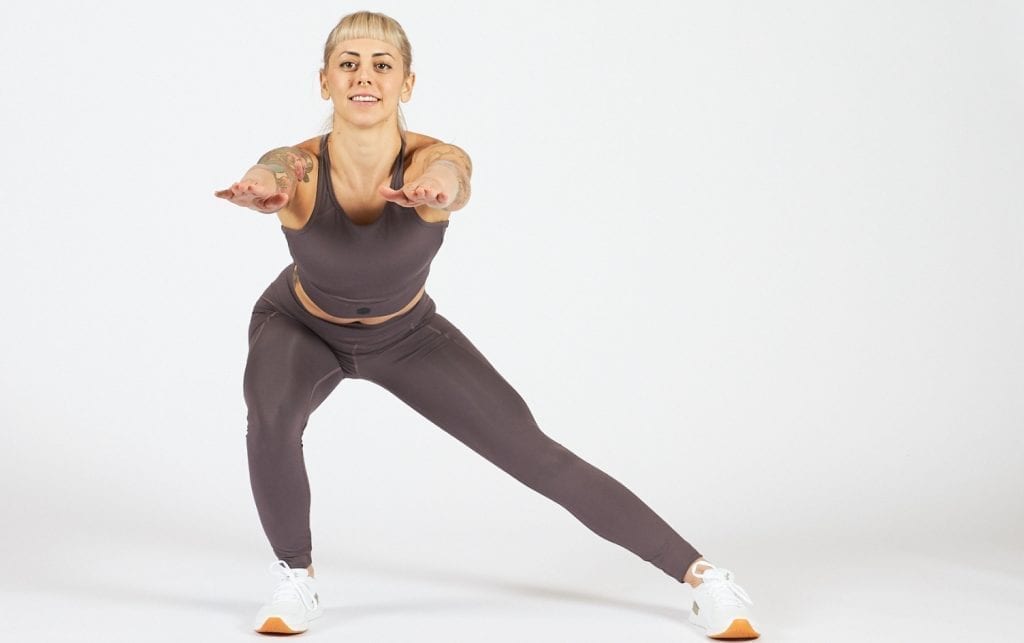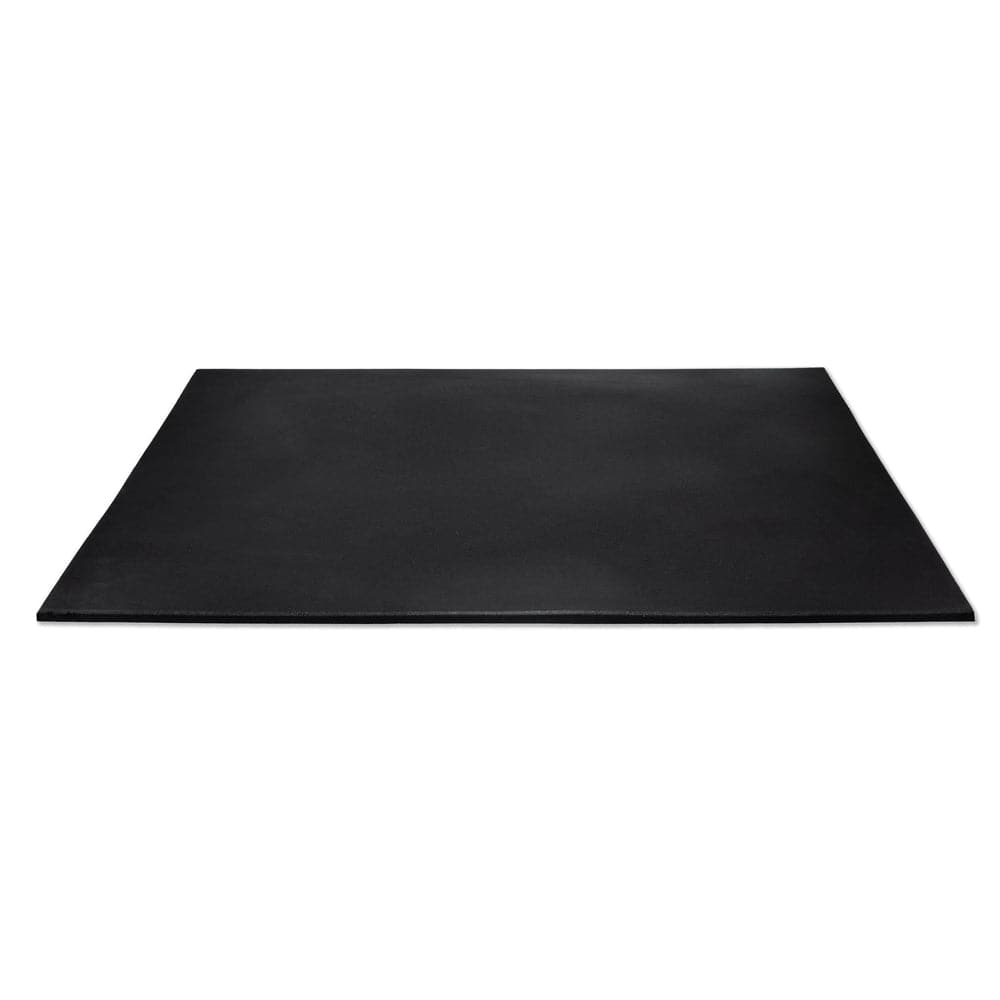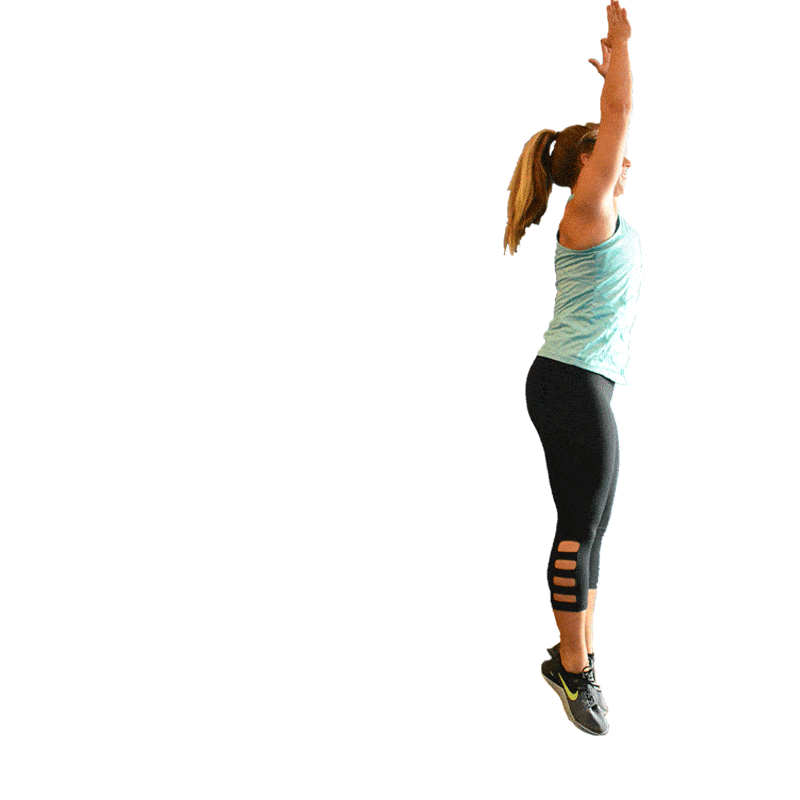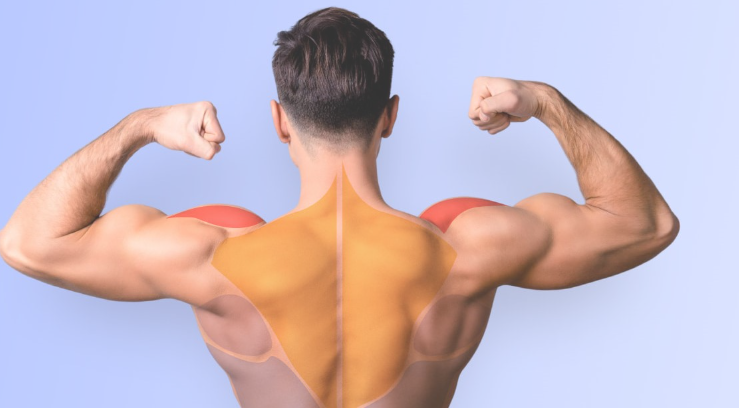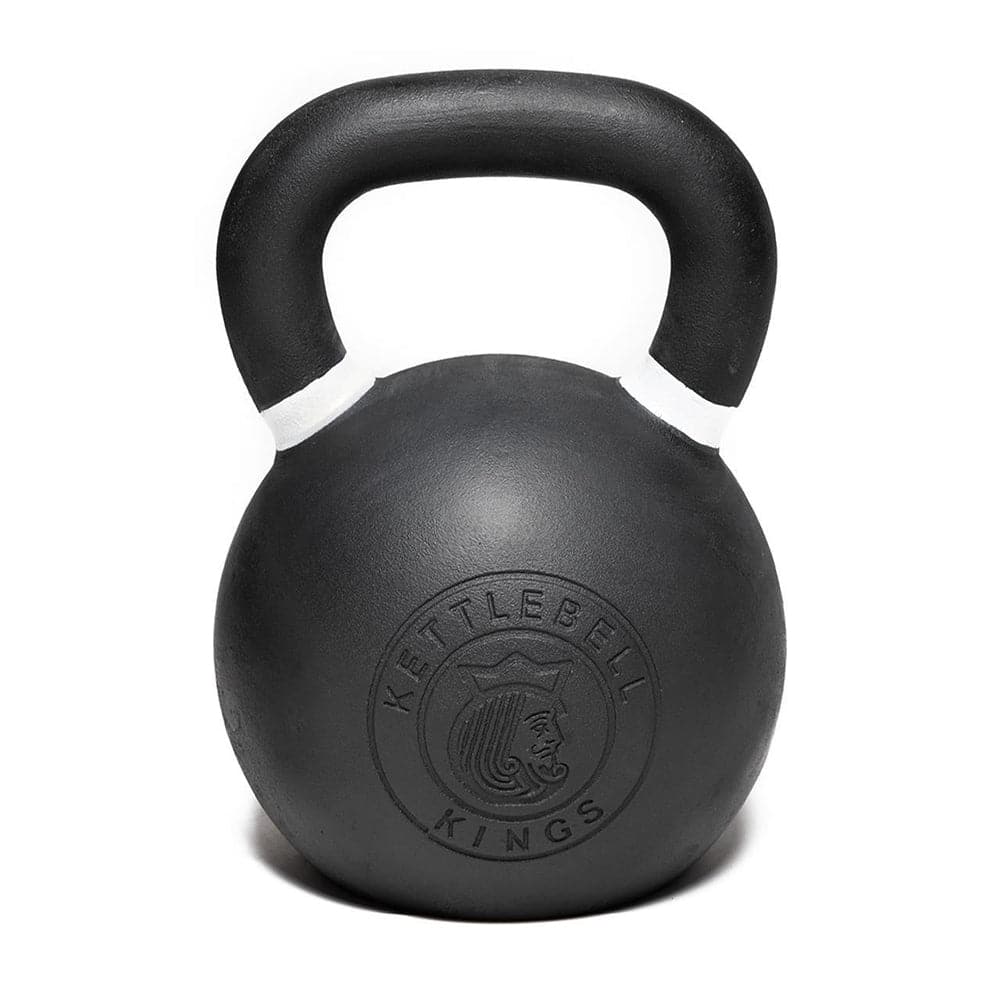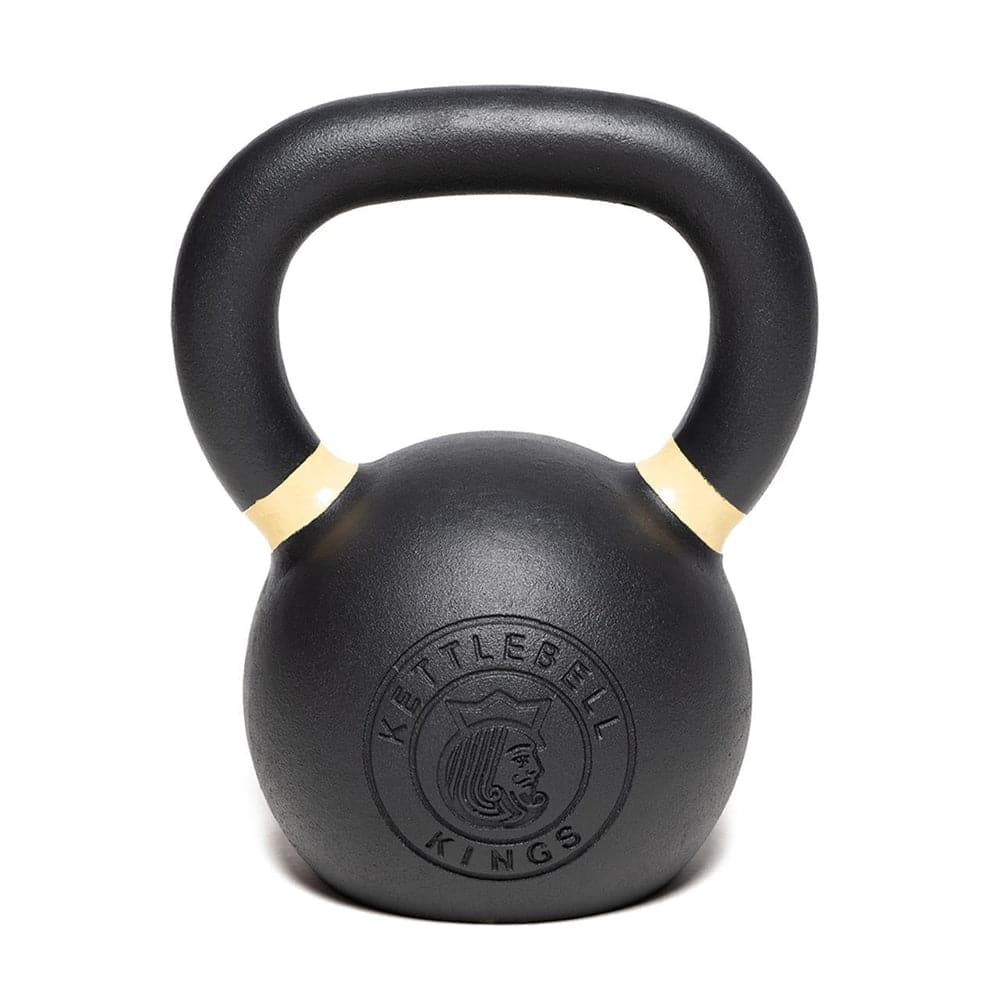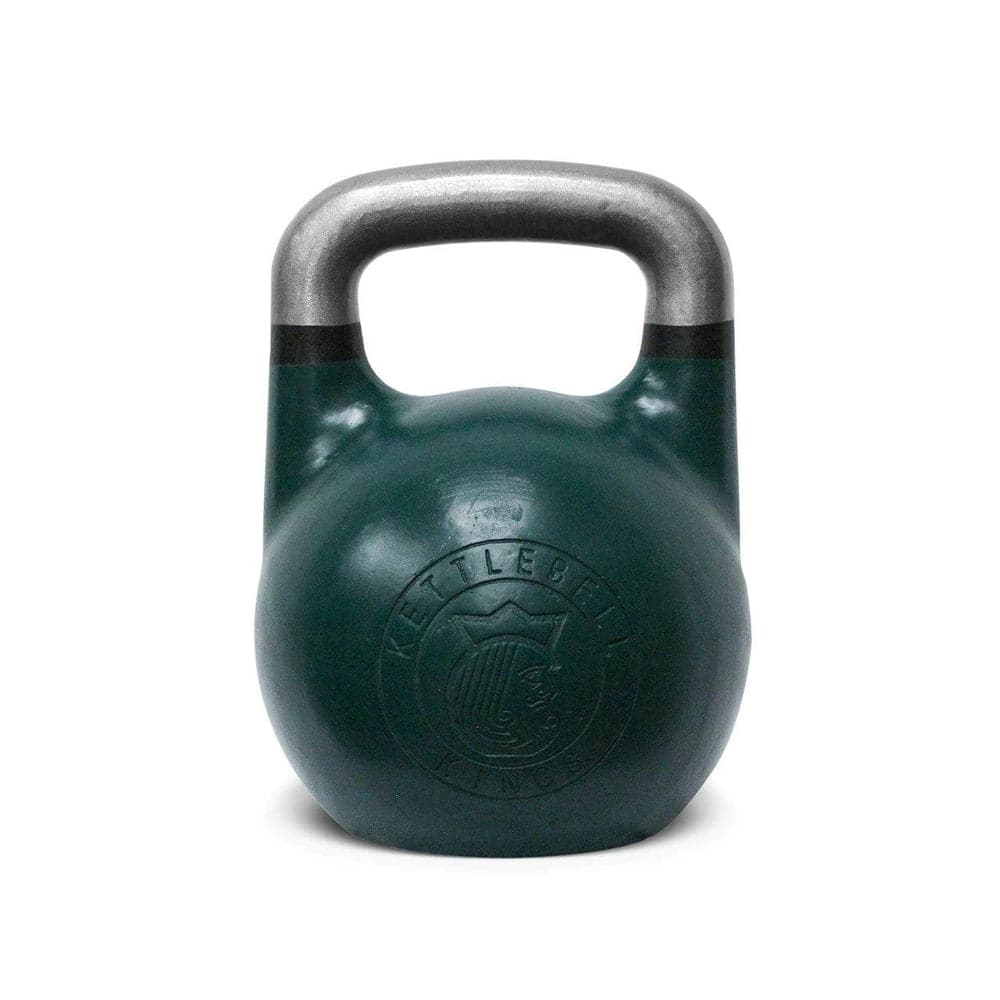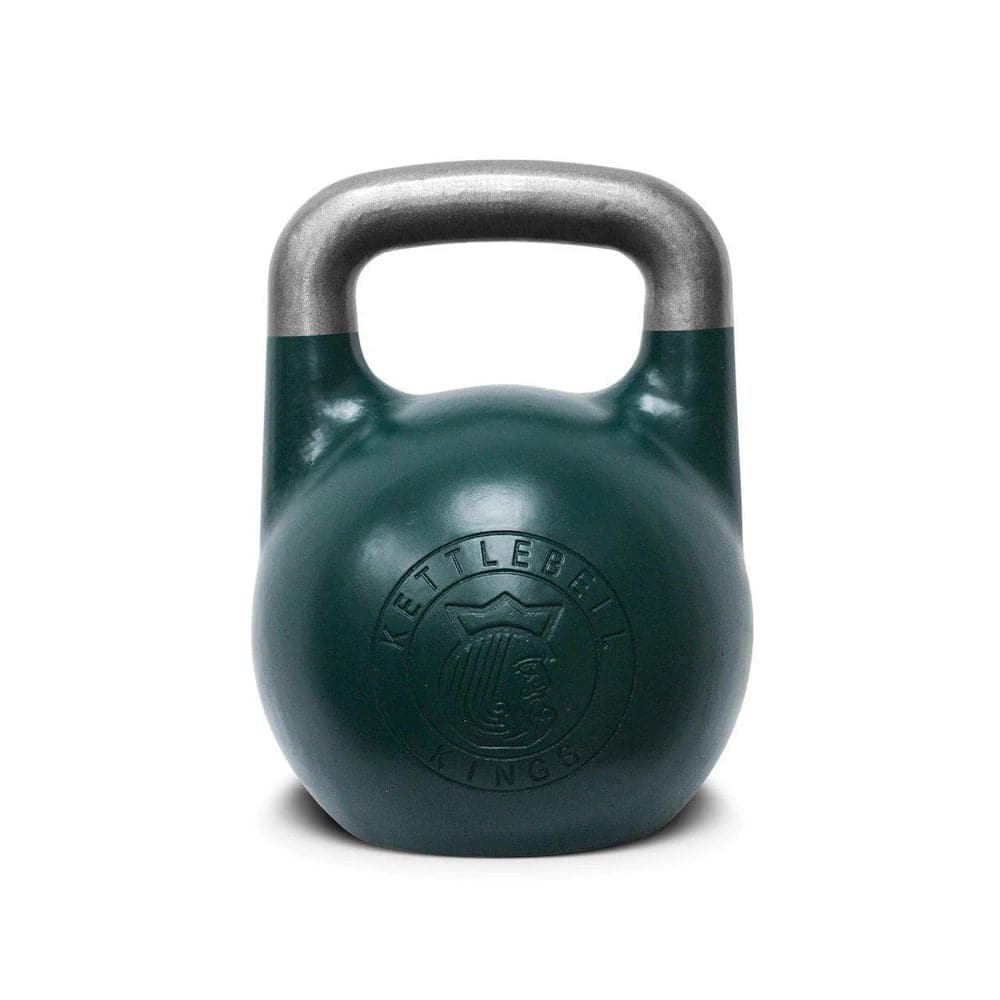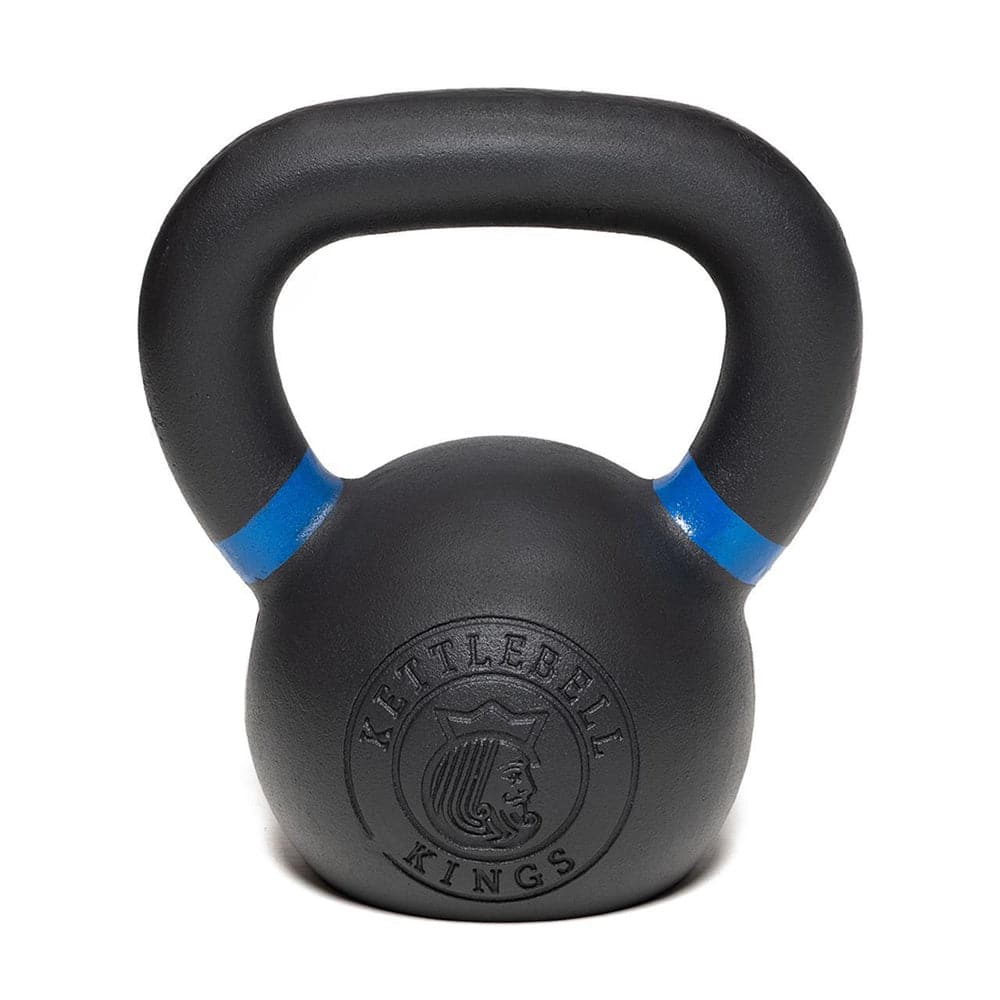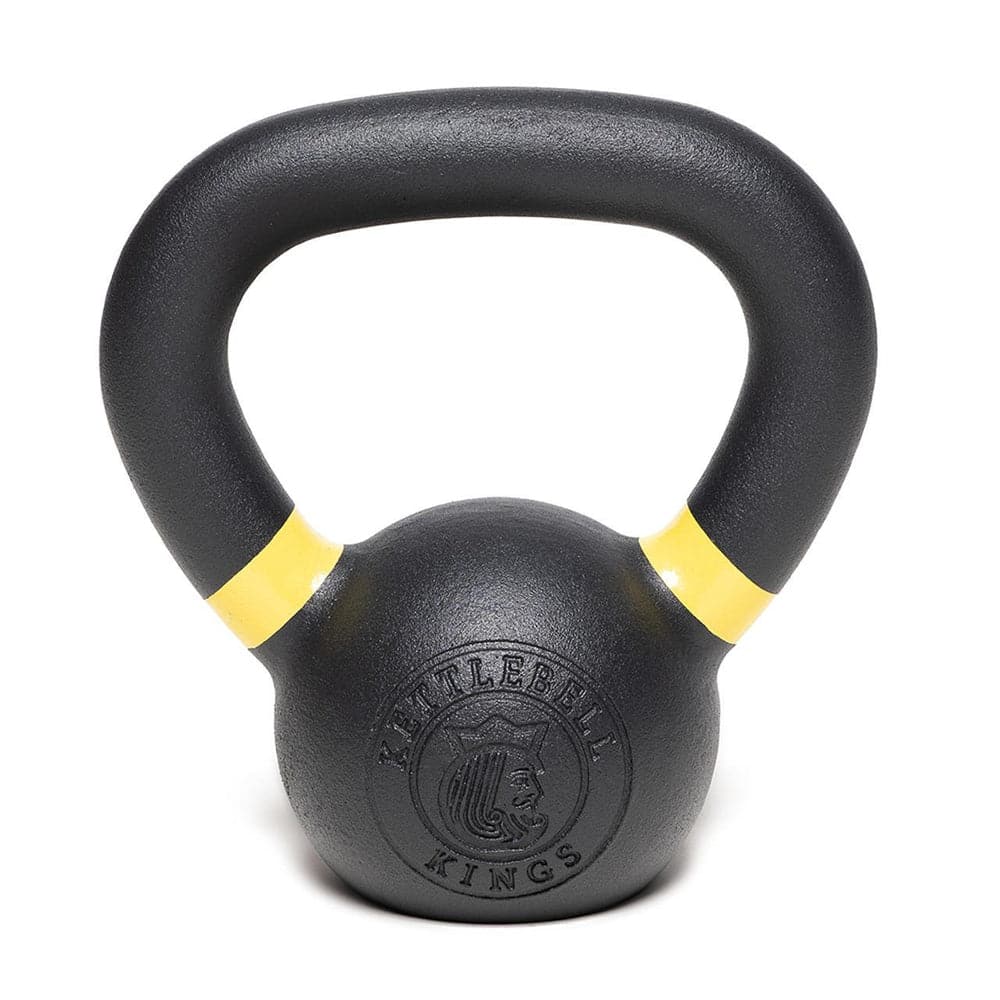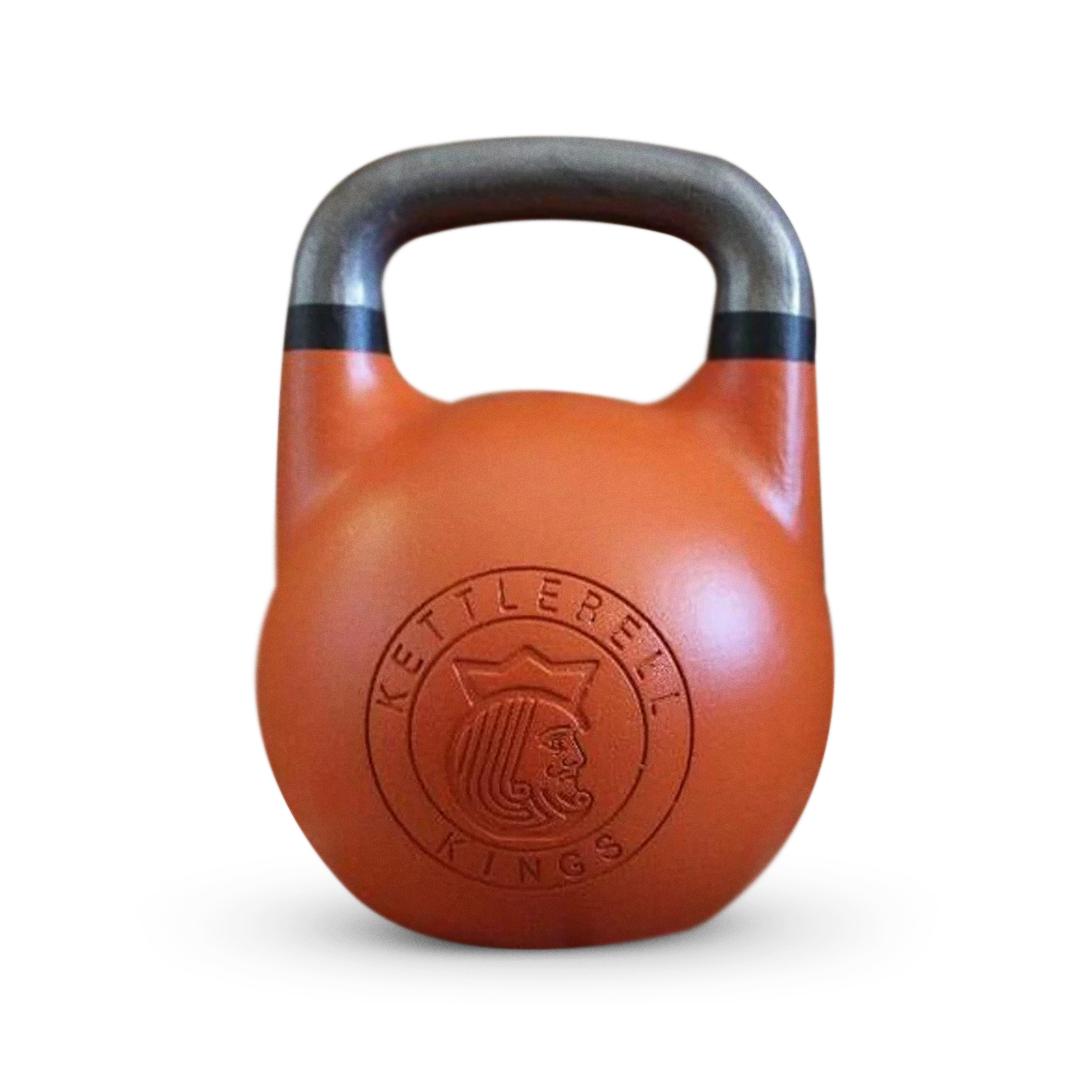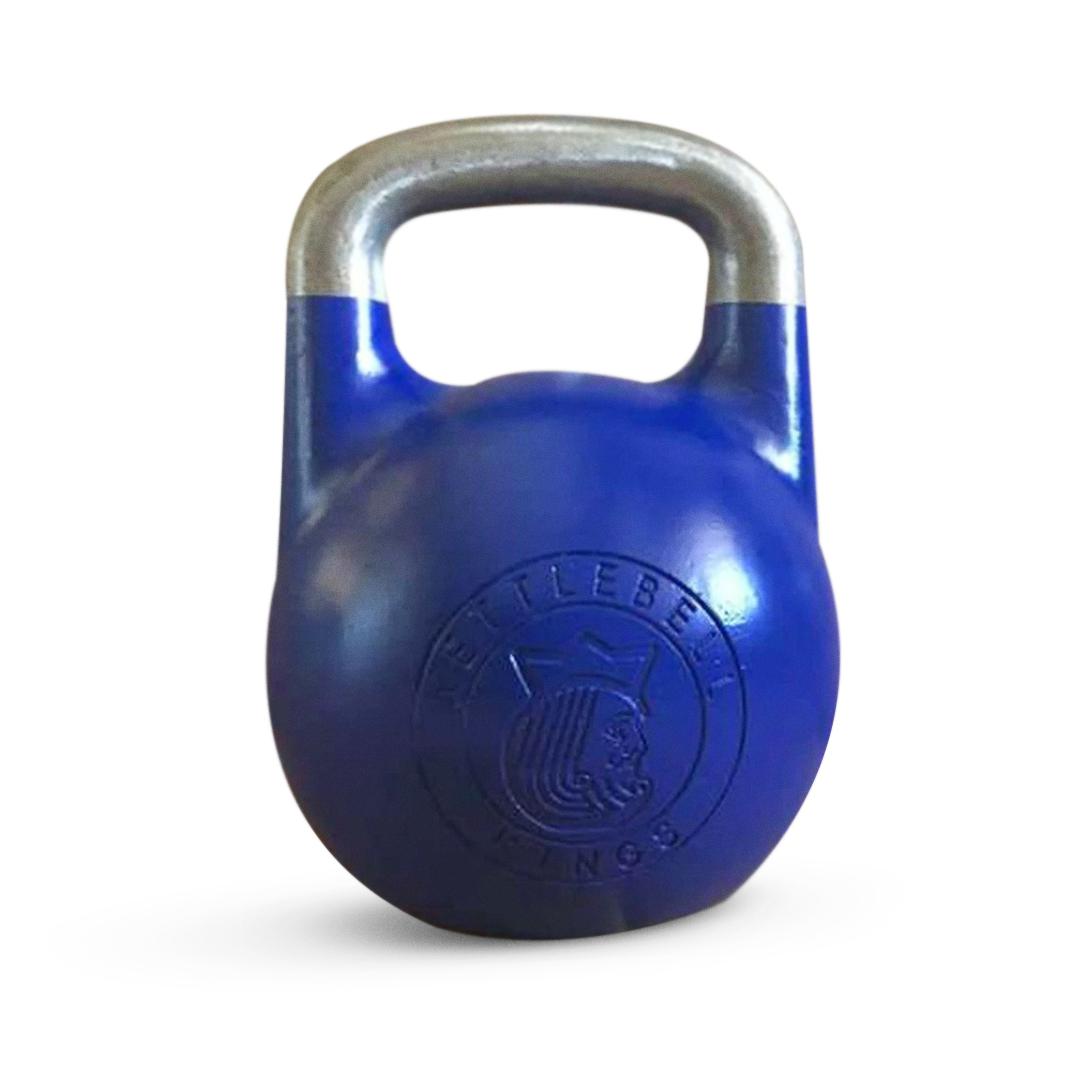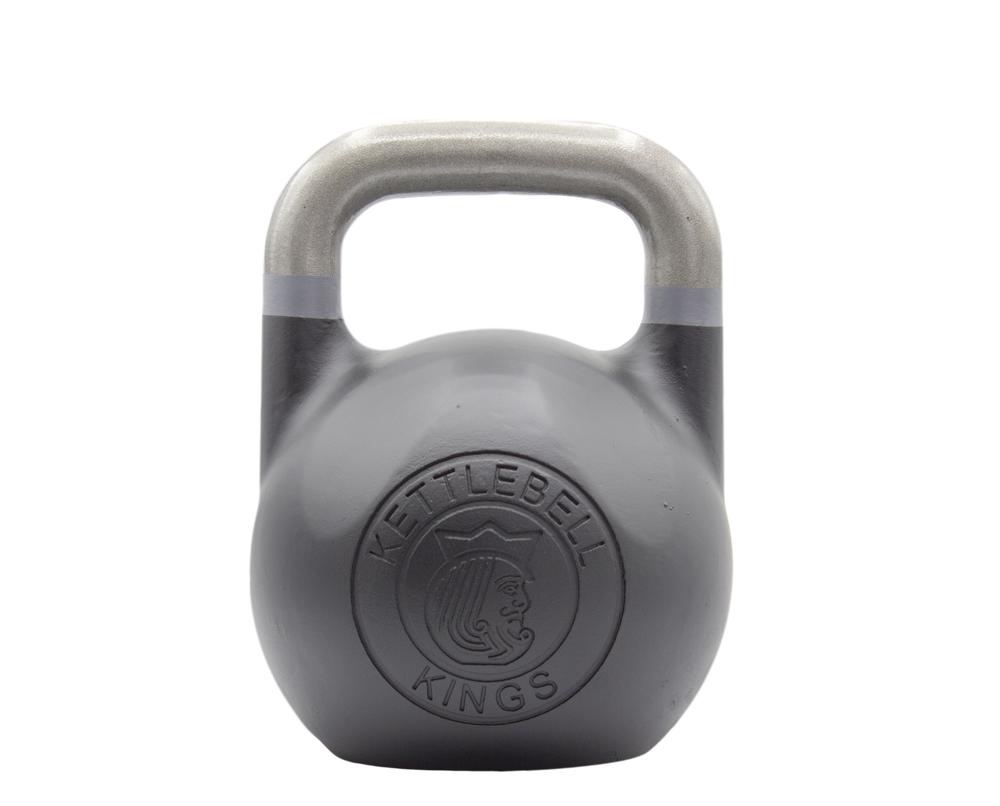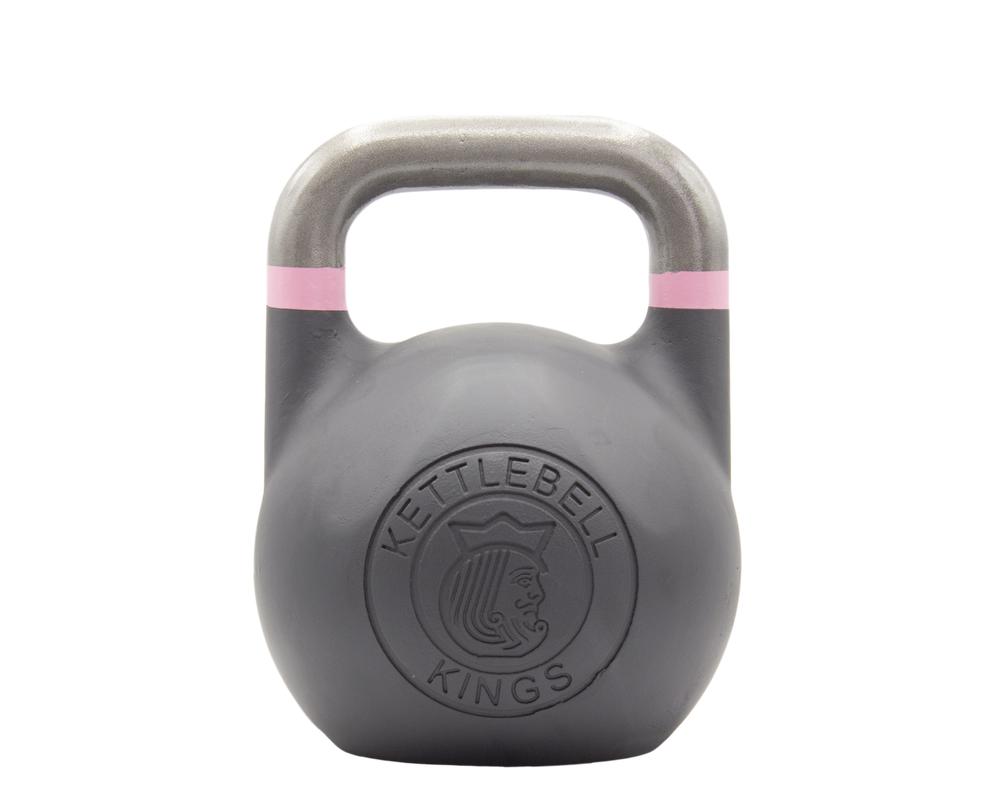Dynamic arm stretches play a crucial role in preparing your upper body for physical activity, whether it's a workout session at the gym, a sports game, or any other physical endeavor. Unlike static stretching, dynamic stretches involve moving your muscles and joints through a full range of motion, helping to increase blood flow, warm up the muscles, and improve flexibility. In this comprehensive guide, we'll explore the benefits of dynamic arm stretches, provide a detailed breakdown of effective stretches, and explain how they target specific muscles in the arms and upper body.
Understanding Dynamic Stretching
Dynamic stretching involves active movements that mimic the motions of the activity you're about to perform. Unlike static stretching, where you hold a stretch for an extended period, dynamic stretches are performed in a controlled manner with continuous movement. These stretches help activate the muscles and joints, increase body temperature, and improve overall mobility and performance.
The primary goal of dynamic stretching is to activate the muscles and joints, increase blood flow, and elevate body temperature in preparation for physical activity. By engaging in dynamic stretches, you're effectively priming your body for movement, enhancing flexibility, and reducing the risk of injury during your workout or sports performance.
One of the key benefits of dynamic stretching is its ability to improve overall mobility and performance. By moving through a full range of motion in a dynamic and controlled manner, you're effectively lubricating the joints, lengthening the muscles, and preparing them for the demands of your chosen activity. This can lead to improved athletic performance, increased power output, and enhanced agility and coordination. Dynamic stretching helps to increase body temperature, which can improve muscle function and reduce the risk of injury. As you perform dynamic stretches, blood flow to the muscles increases, delivering oxygen and nutrients while removing waste products. This helps to improve muscle elasticity and reduce muscle stiffness, allowing for better movement efficiency and performance.
Overall, dynamic stretching is an essential component of any warm-up routine, whether you're gearing up for a workout at the gym, a run in the park, or a game on the field. By incorporating dynamic stretches into your pre-exercise routine, you can effectively prepare your body for movement, enhance your performance, and reduce the risk of injury.
Benefits of Dynamic Arm Stretches
Dynamic arm stretches offer numerous benefits for both athletes and fitness enthusiasts. Firstly, they help increase blood flow to the muscles, which delivers oxygen and nutrients while removing waste products, thereby reducing the risk of injury and improving muscle performance. Secondly, dynamic stretches help warm up the muscles and joints, making them more pliable and responsive to movement. It can improve flexibility and range of motion, allowing for greater freedom of movement during physical activity.
In addition to enhancing blood flow and warming up the muscles, dynamic arm stretches play a crucial role in improving overall flexibility and range of motion. By actively moving through a variety of dynamic stretches, individuals can increase the elasticity of their muscles and joints, enabling them to achieve a wider range of motion with greater ease. This improved flexibility not only enhances athletic performance but also reduces the risk of injury by allowing the body to move more efficiently and effectively during physical activity. Whether you're a professional athlete or a casual fitness enthusiast, incorporating dynamic arm stretches into your warm-up routine can help optimize your performance and minimize the risk of injury, ensuring a safe and effective workout experience.
The 7 Dynamic Arm Stretches to kickstart you!
Arm Circles
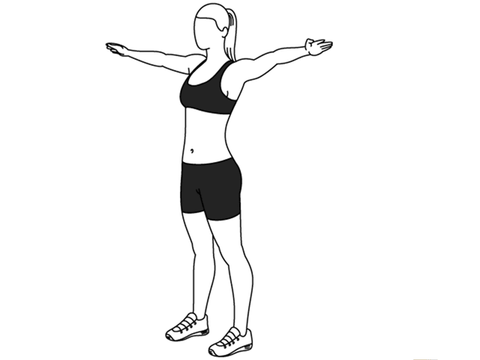
It Start your warm-up with arm circles, a simple yet effective exercise that targets the deltoid muscles and improves shoulder mobility.
How to do it
- Stand with your feet shoulder-width apart and extend your arms out to the sides at shoulder height.
- Begin making circular motions with your arms, starting with small circles and gradually increasing the size.
Benefits
- Arm circles help improve shoulder mobility and flexibility by engaging the deltoid muscles.
- They also increase blood flow to the shoulders and upper arms, reducing the risk of injury during physical activity.
Shoulder Rolls
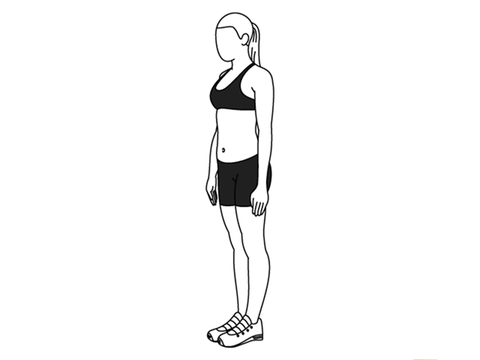
It Loosen up your shoulders and release tension in the upper back with shoulder rolls, a dynamic stretch that promotes better mobility and blood flow to the shoulder joints.
How to do it
- Stand with your feet hip-width apart and relax your arms by your sides.
- Slowly roll your shoulders forward in a circular motion
- Then reverse the movement to roll them backward.
Benefits
- Shoulder rolls target the muscles of the upper back and shoulders, helping to release tension and improve mobility in the shoulder joints.
- They also stimulate blood flow to the shoulder muscles, promoting better performance and reducing the risk of injury.
Cross-Body Arm Swings
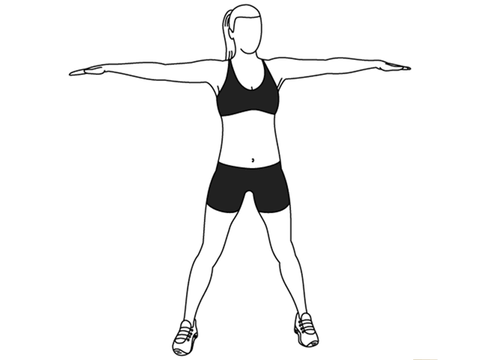
It Engage the chest and shoulder muscles while warming up the arms with cross-body arm swings, a dynamic stretch that prepares your upper body for physical activity.
How to do it
- Stand tall with your feet hip-width apart and extend your arms out to the sides.
- Swing one arm across your body, aiming to touch the opposite shoulder.
- Return to the starting position and repeat with the other arm.
Benefits
- Cross-body arm swings stretch the chest and shoulder muscles while warming up the arms and shoulders.
- They also help improve shoulder mobility and range of motion, making them ideal for activities that involve reaching and lifting.
Arm Swings with Trunk Rotation
Enhance coordination and spinal mobility with arm swings combined with trunk rotation, a dynamic stretch that engages the core and upper body muscles.
How to do it
- Stand with your feet hip-width apart and extend your arms out to the sides.
- Swing both arms forward while rotating your torso to the left, then swing them backward while rotating your torso to the right.
Benefits
- This dynamic stretch targets the muscles of the chest, shoulders, and upper back, while also engaging the core muscles and improving spinal mobility.
- It helps enhance coordination and balance while warming up the entire upper body.
Dynamic Chest Opener
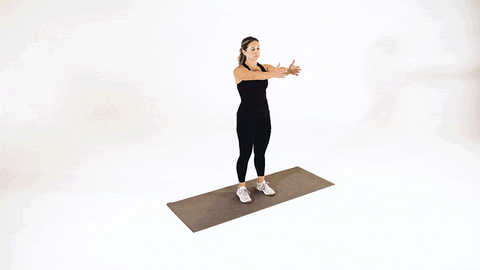
It Open up your chest and shoulders with dynamic chest openers, a stretch that improves posture and reduces stiffness in the upper body.
How to do it
Stand with your feet hip-width apart and interlace your fingers behind your back. Keeping your arms straight, lift your arms up and away from your body, opening up your chest.
Benefits
- The dynamic chest opener stretch targets the muscles of the chest, shoulders, and upper back, helping to improve posture and reduce tension in the chest and shoulders.
- It also increases flexibility in the shoulder joints, making it easier to perform overhead movements.
Arm Huggers
It Stretch the upper back and shoulders while increasing circulation with arm huggers, a dynamic exercise that promotes better shoulder mobility and flexibility.
How to do it
- Stand tall with your feet hip-width apart and extend your arms out to the sides.
- Cross your right arm over your chest and hug it with your left arm, then switch sides.
Benefits
- Arm huggers stretch the muscles of the upper back, shoulders, and chest, promoting better posture and reducing stiffness in the shoulders.
- They also help increase circulation to the arms and shoulders, preparing them for physical activity.
Overhead Reach and Side Stretch

It Increase flexibility in the sides and upper back with overhead reach and side stretches, a dynamic exercise that prepares your upper body for movement and activity.
How to do it
- Stand with your feet hip-width apart and extend your arms overhead.
- Lean to one side, stretching through the side of your body
- Then return to the center and repeat on the other side.
Benefits
- This dynamic stretch targets the muscles of the sides and upper back, as well as the arms and shoulders.
- It helps improve flexibility and range of motion in the spine and shoulders, making it an effective warm-up stretch for any upper body activity.
Anatomy explained
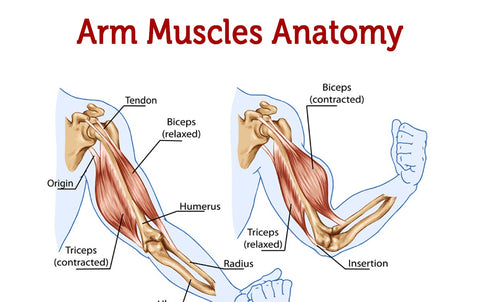
Dynamic arm stretches target various muscles in the arms and upper body, including the deltoids, biceps, triceps, chest, and upper back. By targeting key muscle groups such as the deltoids, biceps, triceps, chest, and upper back, dynamic arm stretches play a pivotal role in enhancing flexibility and mobility essential for a myriad of activities including overhead movements, pushing, pulling, and throwing. With a breakdown of targeted muscles and corresponding dynamic stretches, readers gain insights into the benefits of incorporating these exercises into their fitness regimen, fostering improved performance and injury prevention.
Here's a breakdown of the key muscles targeted by dynamic arm stretches and how they benefit from these exercises:
Deltoids
- Dynamic Stretch: Arm Circles
Arm circles involve circular movements of the arms, engaging the deltoid muscles which are responsible for shoulder abduction, flexion, and rotation.
Benefits, Arm circles help improve the flexibility and mobility of the deltoids, allowing for a greater range of motion in shoulder movements like reaching overhead or throwing.
Biceps and Triceps
- Dynamic Stretch: Cross-Body Arm Swings
Cross-body arm swings involve swinging the arms across the body, engaging both the biceps (during flexion) and triceps (during extension).
Benefits, This dynamic stretch helps warm up and stretch the biceps and triceps, enhancing their flexibility and reducing the risk of injury during activities involving arm movements.
Chest
- Dynamic Stretch: Dynamic Chest Opener
The dynamic chest opener stretch involves interlacing the fingers behind the back and lifting the arms away from the body, stretching the chest muscles.
Benefits, By opening up the chest, this stretch helps improve posture, reduce tension, and increase flexibility in the chest muscles, allowing for better movement during activities like pushing and pulling.
Upper Back (Trapezius and Rhomboids)
- Dynamic Stretch: Arm Huggers
Arm huggers involve crossing the arms over the chest and hugging oneself, engaging the upper back muscles including the trapezius and rhomboids.
Benefits, This dynamic stretch helps stretch and warm up the muscles of the upper back, improving posture, reducing tension, and enhancing mobility in the shoulders and upper back.
Forearms and Wrists
- Dynamic Stretch: Wrist Circles
Wrist circles involve rotating the wrists in circular motions, engaging the muscles of the forearms and wrists.
Benefits, By warming up and stretching the muscles and tendons of the forearms and wrists, wrist circles help improve flexibility and reduce the risk of injury during activities involving gripping and wrist movements.
By targeting these key muscles through dynamic arm stretches, you can enhance their flexibility, mobility, and overall performance, ensuring that your arms and upper body are primed and ready for action.
Safe Practices for Dynamic Arm Stretches
Before attempting these dynamic arm stretches, it's essential to keep safety precautions in mind to minimise the risk of injury and ensure a productive workout session. Here are some important safety tips and things to keep in mind:
Warm-Up, Always begin your warm-up routine with some light aerobic activity to increase blood flow to the muscles and prepare your body for stretching. This could include jogging in place, jumping jacks, or brisk walking for 5-10 minutes.
Proper Form, Pay close attention to your form during each stretch to ensure that you're performing the exercises correctly. Maintain proper alignment of your body and avoid any excessive or jerky movements that could strain the muscles or joints.
Start Slowly, Begin with smaller movements and gradually increase the range of motion as your muscles loosen up. Avoid pushing yourself too hard, especially if you're new to dynamic stretching, to prevent overstretching or injury.
Listen to Your Body, Pay attention to how your body feels during each stretch. If you experience any pain or discomfort beyond a gentle stretch, ease off immediately. Stretching should feel challenging but not painful.
Respect Your Limits, Everyone has different levels of flexibility, so don't compare yourself to others. Focus on gradually improving your own flexibility over time without forcing your body into positions it's not ready for.
Avoid Bouncing, Unlike static stretching, dynamic stretches should be performed in a controlled, fluid motion without bouncing. Bouncing can cause muscles to tighten up and increase the risk of injury.
Modify as Needed, If you have any existing injuries or medical conditions that affect your ability to perform certain stretches, consider modifying the exercises to suit your needs. Consult with a healthcare professional or fitness trainer if you're unsure about which modifications are appropriate for you.
Stay Hydrated, Drink plenty of water before, during, and after your workout to stay hydrated and support optimal muscle function.
Don't Forget to Breathe, Remember to breathe deeply and steadily throughout each stretch to oxygenate your muscles and promote relaxation.
Cool Down, After completing your dynamic arm stretches, finish your workout with a proper cool-down routine to gradually bring your heart rate down and help prevent muscle soreness. This could include gentle stretching, foam rolling, or light walking.
By following these safety precautions and keeping these tips in mind, you can maximise the effectiveness of your dynamic arm stretches while minimising the risk of injury. Always prioritise safety and listen to your body's cues during your workout.
Conclusion
Incorporating dynamic arm stretches into your warm-up routine is essential for preparing your upper body for physical activity. By engaging the muscles and joints in a controlled manner, dynamic stretches help increase blood flow, improve flexibility, and reduce the risk of injury. Whether you're heading to the gym, going for a run, or playing sports, be sure to include these dynamic arm stretches to set yourself up for success and enhance your overall performance.
Dynamic arm stretches are crucial for preparing the upper body for physical activity by activating muscles and enhancing flexibility. Unlike static stretches, dynamic stretches involve continuous movement, improving blood flow and reducing the risk of injury. This article explores the importance of dynamic arm stretches, their benefits, and key exercises targeting muscles in the arms and upper body. From arm circles to dynamic chest openers, each exercise offers specific benefits for improving flexibility and mobility essential for various activities. Incorporating dynamic arm stretches into your warm-up routine can optimise performance and minimise the risk of injury during exercise.

